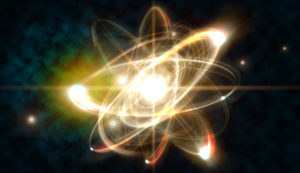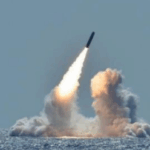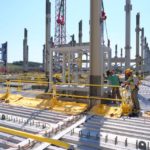
It could take a year-and-a-half longer than thought to finish a pair of crucial nuclear weapon refurbishments, a senior National Nuclear Security Administration official said on Wednesday. The first production units of the B61-12 gravity bomb and the W88 Alt-370 submarine-launched, ballistic-missile warhead are “going to be delayed by approximately 16 to 18 months,” Charles Verdon, the National Nuclear Security Administration (NNSA) deputy administrator for defense programs said in a question and answer session at the 2019 Defense News conference.…

 By
By 











